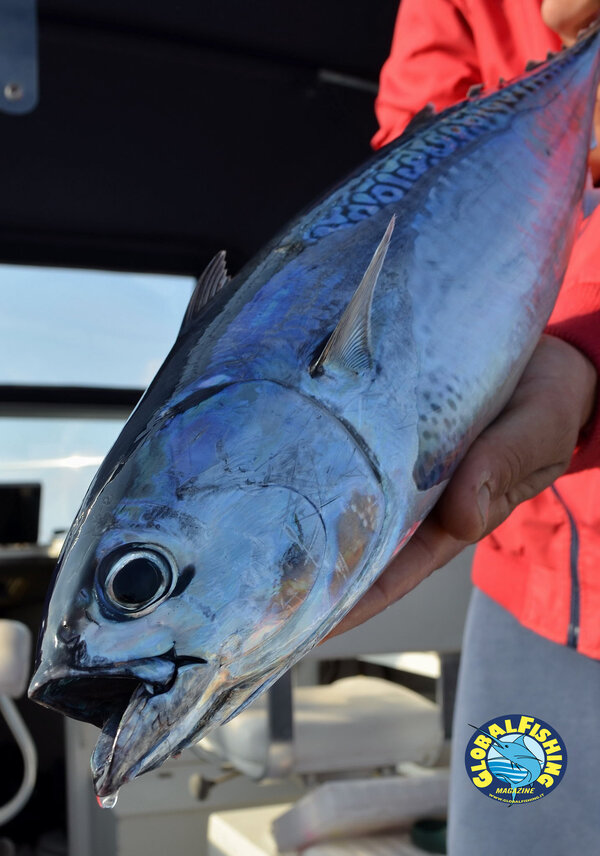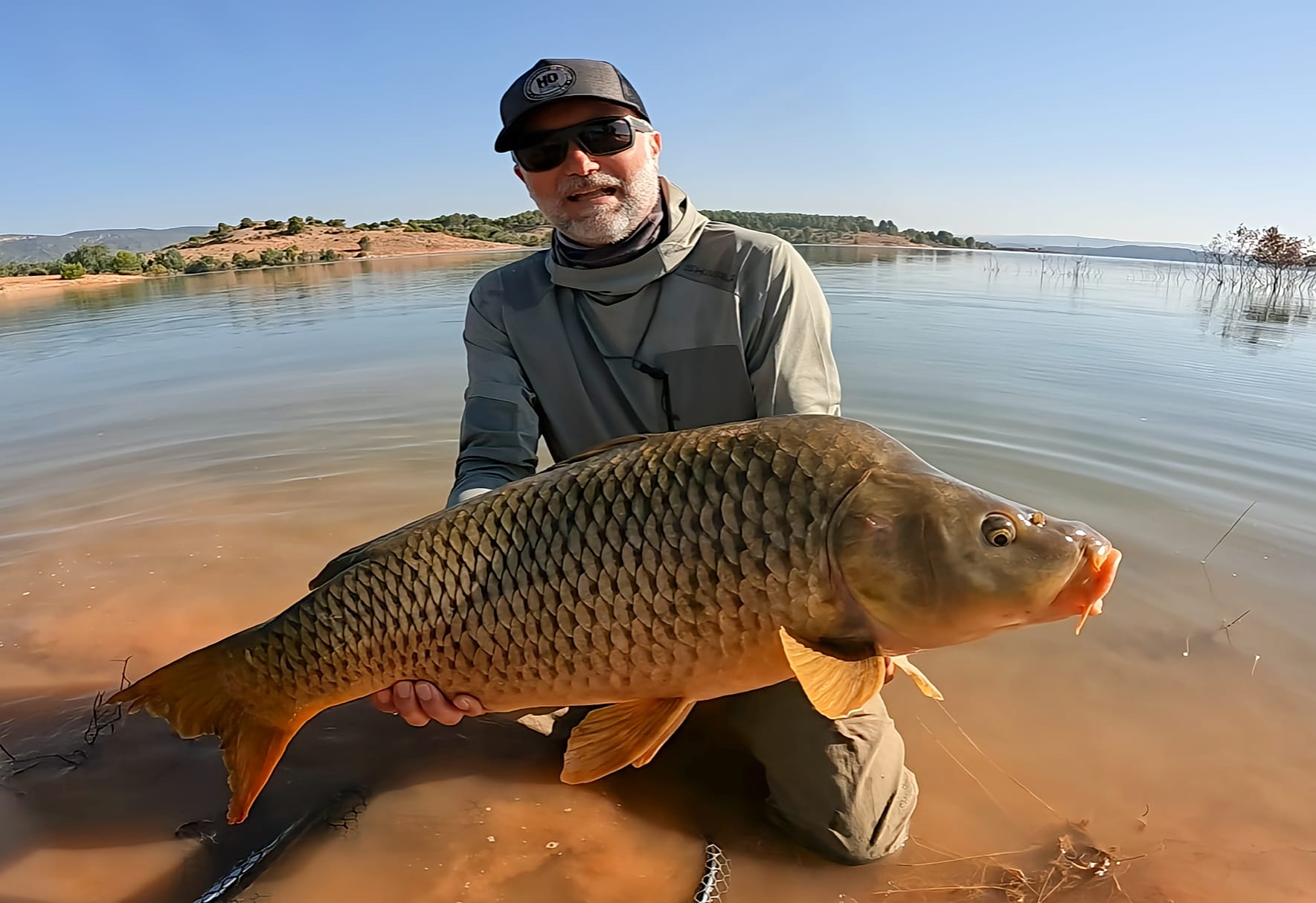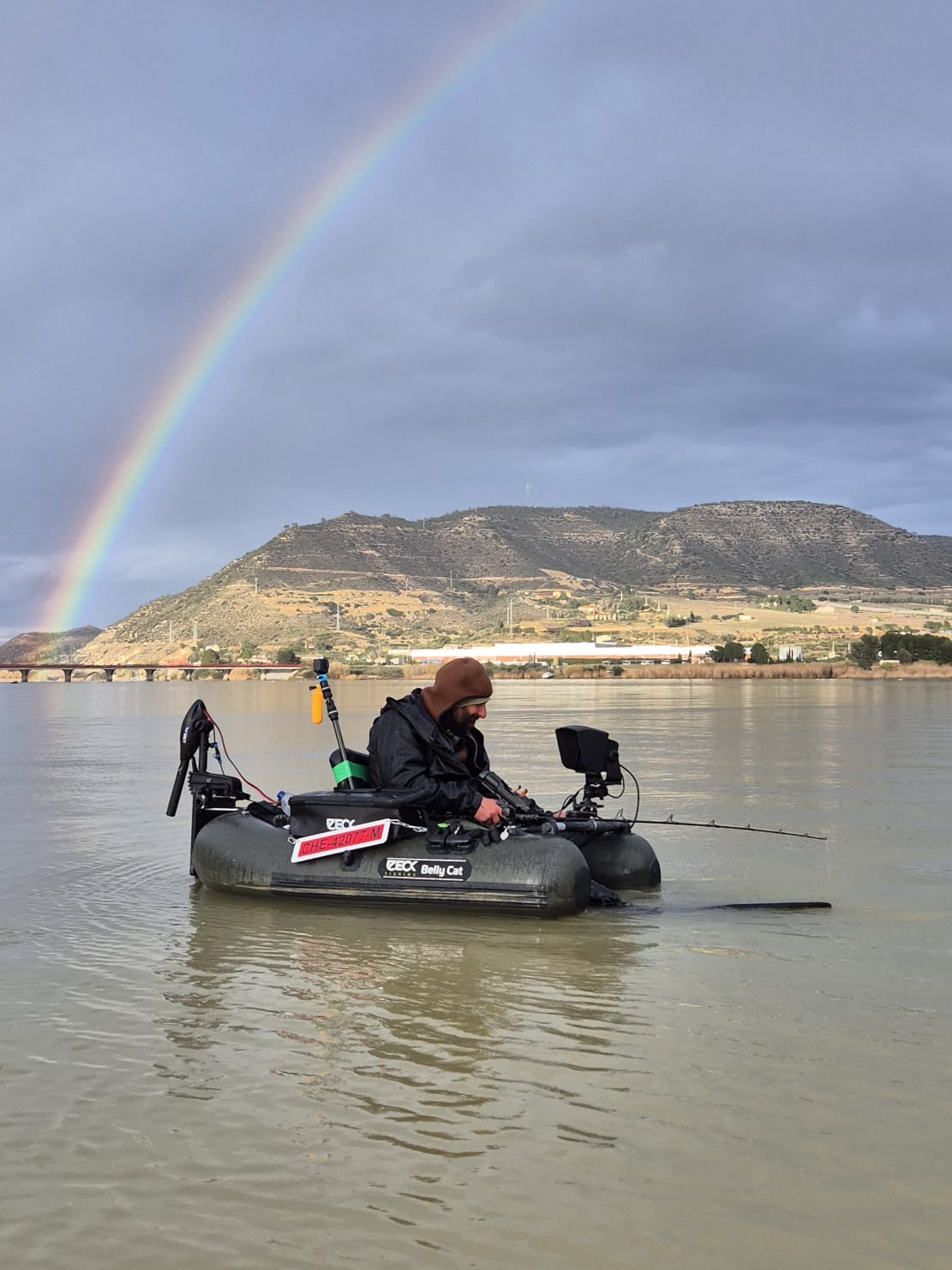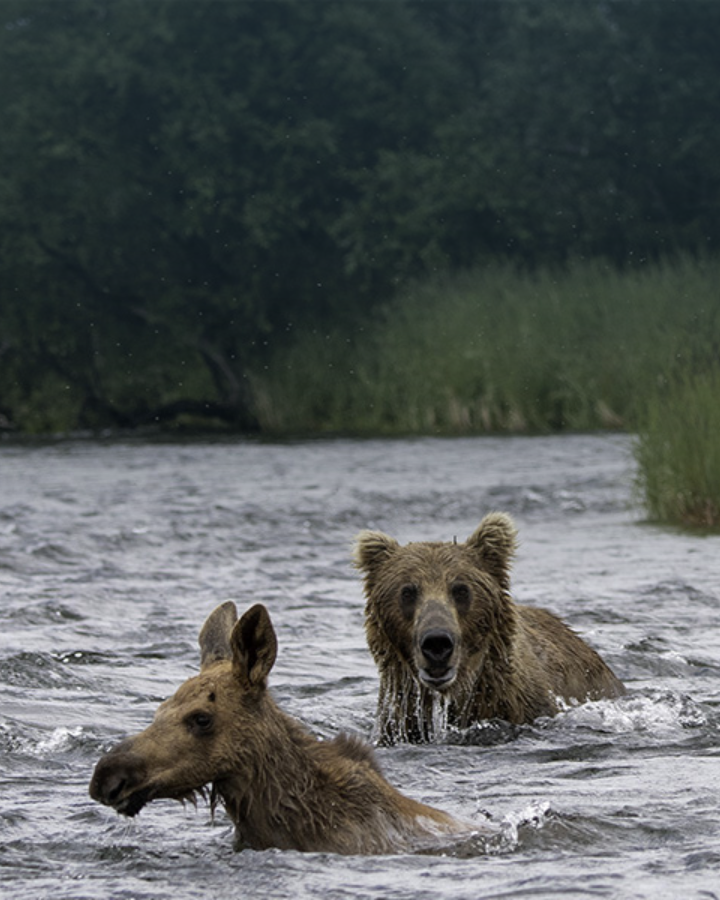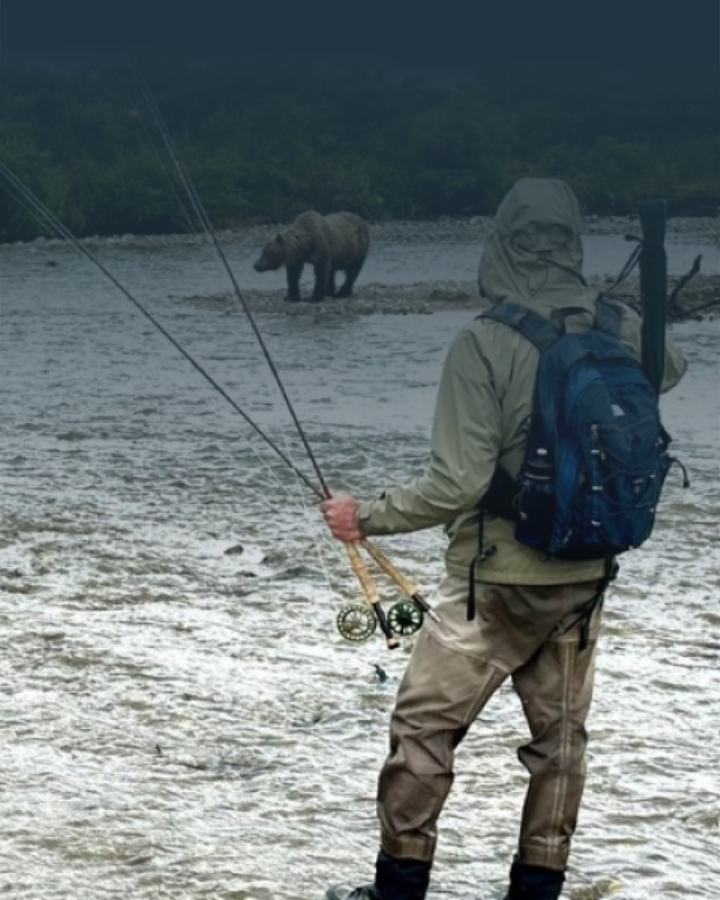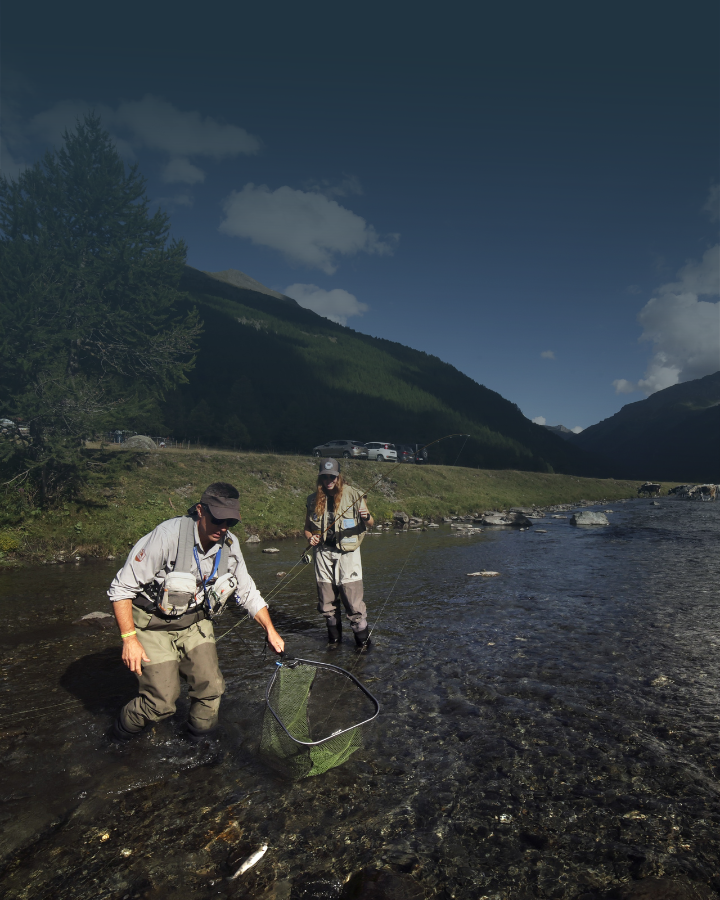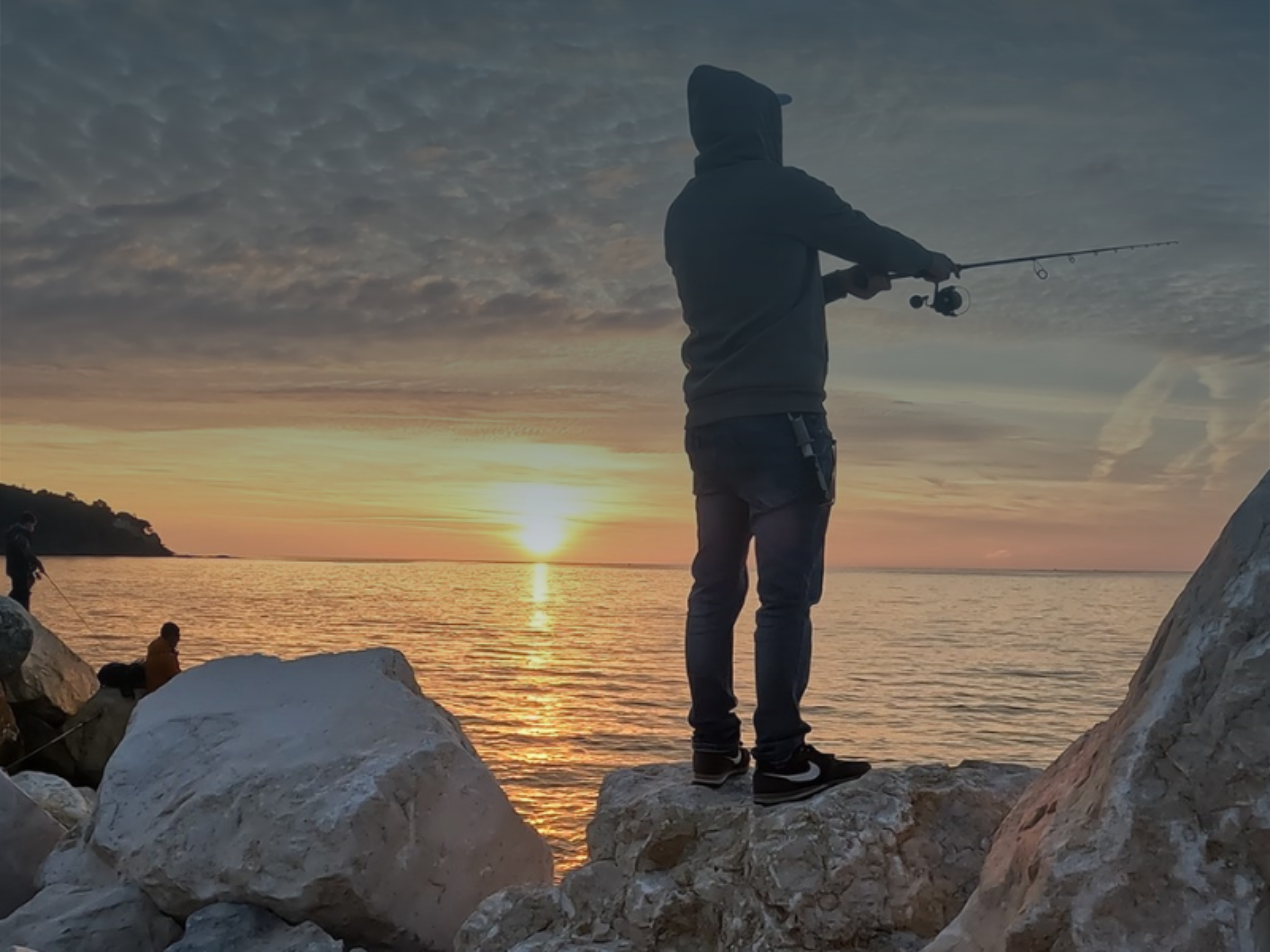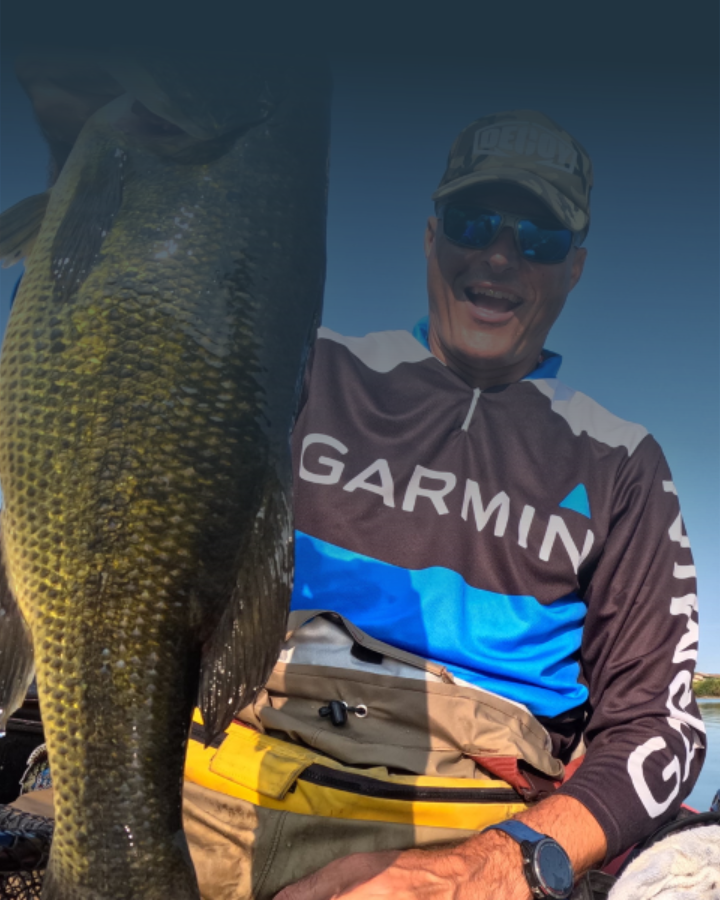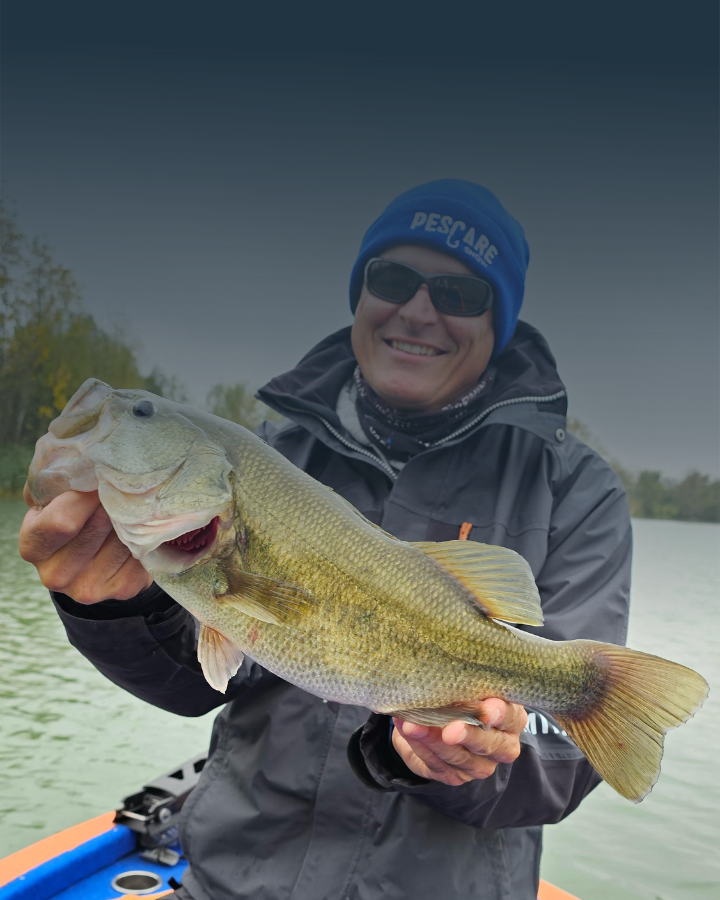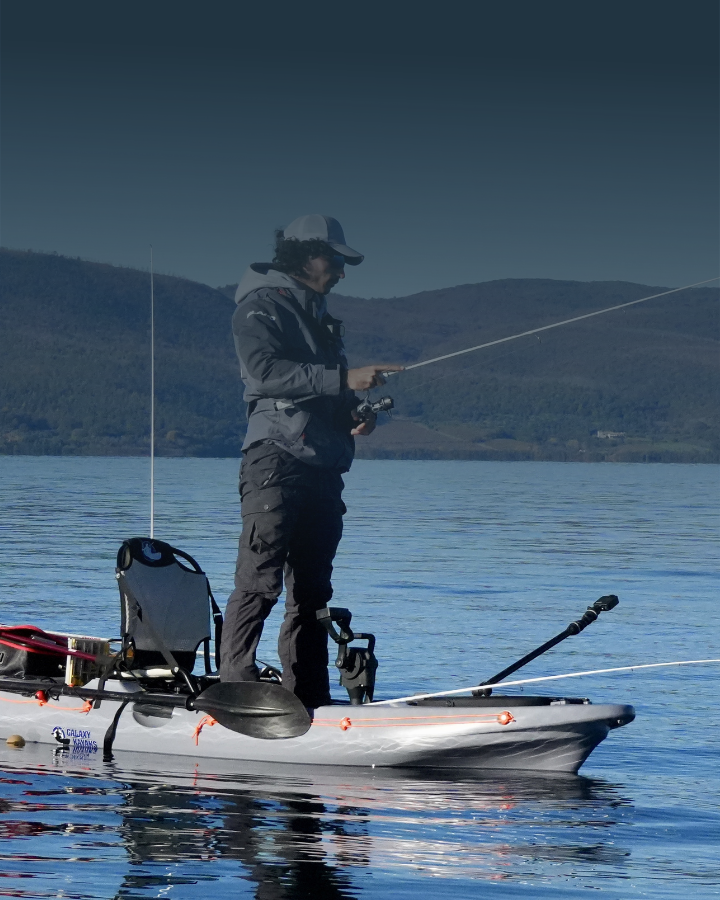The end of summer and all through autumn is the magic time for surface trolling.
Little tunny, bonito, dorado, leerfish and many other pelagic species are in full hunting activity close to shore, before heading into the depths of the open sea to face the rigors of winter.
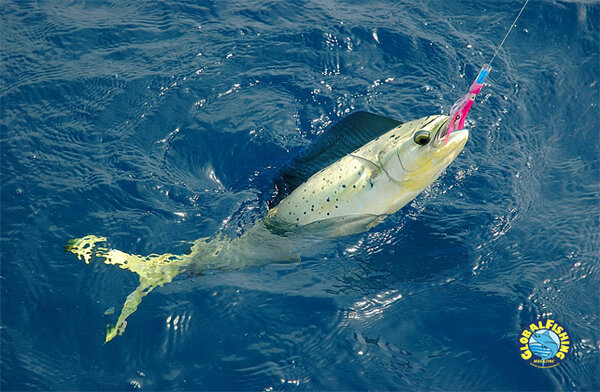
Targeting these predators is great fun and, once you locate the schools, strikes can follow one after another.
But it can also happen that, despite the certain presence of fish, the attacks don’t come—suddenly they ignore our lures, or we fail to handle the strikes properly, wasting precious time and losing the school.
This is where the experience gained in competitive fishing can play an important role in achieving very interesting results.
First things first
The choice of lures is fundamental to success, but not all lures are equal. Although many can potentially work, their effectiveness depends on specific criteria.
The key factors are the available baitfish and the brightness of the day.
-
On clear, sunny days: classic, natural colors are best. White-and-red feathers under 7 cm, soft plastics around 8 cm (green-yellow, black, white-blue, or natural shades like mackerel and anchovy) are all effective.
-
Ideal trolling speed: 3–4 knots.
-
-
On overcast days: brighten things up with flashy colors such as gold, fuchsia, or green.
-
Pins are also very effective, especially when fished deeper with quick-release sinkers or, even better, with hydrodynamic downriggers like the Stim.
-
With small minnows, you can go a bit faster, but never exceed 4–4.5 knots.
-
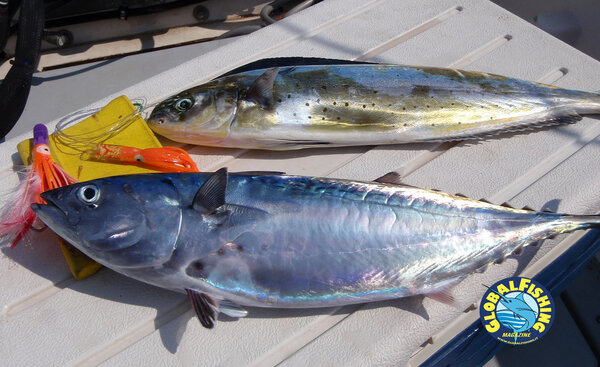
Sometimes, especially in good conditions, mixed schools may appear—an exciting surprise!
In alcuni periodi, e nelle giornate buone, è possibile che nelle mangianze si possano trovare pesci diversi … una bella sorpresa !
At first light…
At dawn, fishing becomes visual—follow shearwaters and gulls. Troll in areas where feeding frenzies are most likely. Morning light changes trigger fish activity, and it’s not unusual to see gulls sitting nervously on the water, waiting for the baitfish to surface.
And then suddenly—feeding eruptions everywhere!
-
Troll on the surface, deploying 4 lines about 40 meters astern, with small heads (3–6 cm) in colors matching the local baitfish.
-
In this frenzy, you may push trolling speed up to 6 knots.
-
When you hook the first fish, don’t bring it in immediately—let it trail behind to keep the school excited and following.
-
Recover decisively and quickly, progressively shortening the lure distance to bring the fish as close as possible to the stern.
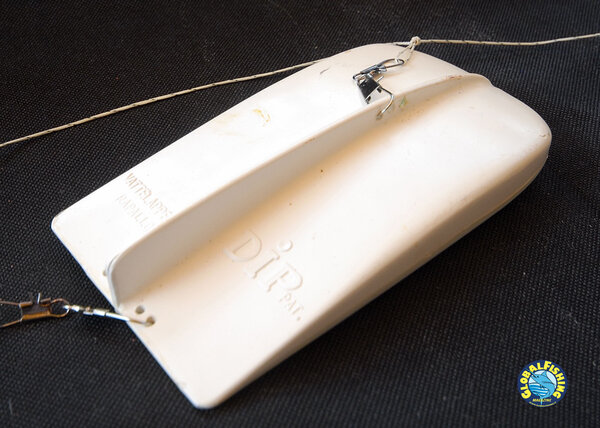
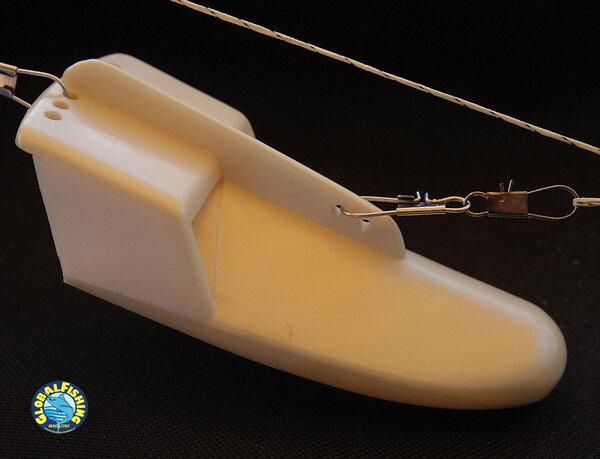
Searching for fish
During the middle of the day, surface activity diminishes almost to nothing. Sometimes you might still encounter a lone predator, but that’s not the rule.
At this point, you’ll need to fish deeper.
Hydrodynamic downriggers are an excellent solution for reaching depth, though they require some practice.
With solid trolling rods spooled with 30 lb braid, you can run up to three lures (two lateral, one central).
-
With Stims: 30 m of line will take you down to about 12 m.
-
With Dips: you can reach up to 20 m.
-
Best lures: pins and soft plastics.
Tricks & Tips
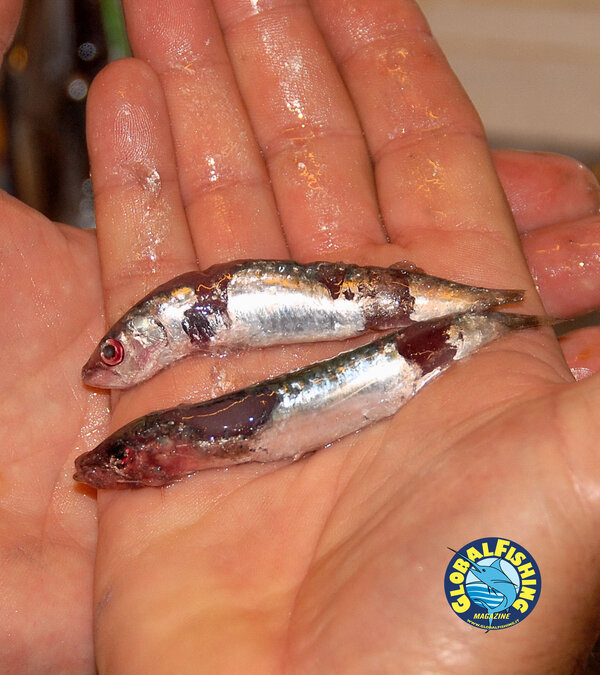
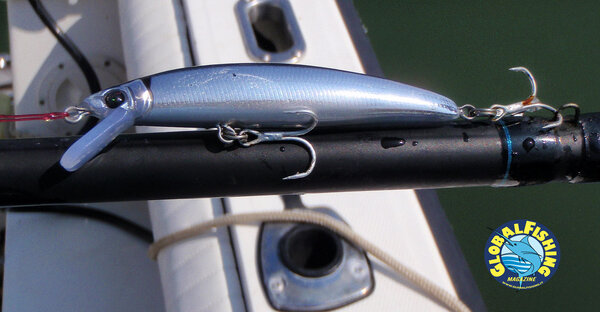
The two anchovies on the left were taken from the stomach of a freshly caught fish. Always try to match your lures to the local forage—both in size and color.
Key reminders for surface trolling success:
-
Keep drags tight to allow little line and save recovery time.
-
Use nylon monofilament for surface trolling and braid when fishing with downriggers.
-
For sinker trolling: nylon plus tight drag.
-
Never use line thinner than 0.35 mm, since these fish are strong, fast, and school in large, competitive groups. Their teeth can wear through line quickly.
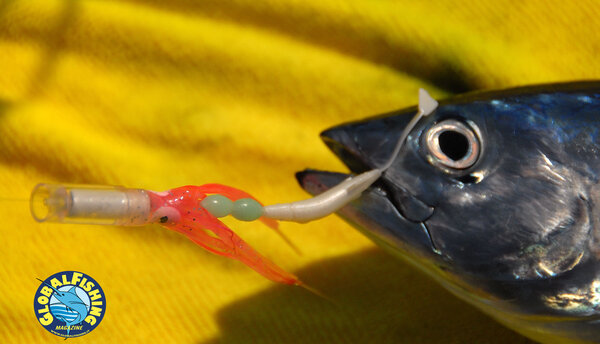
Other tips:
-
Small composite lures (e.g., adding a Raglou) can make a huge difference.
-
Leaders: 28–43 fluorocarbon, with long-shank hooks (e.g., Mustad Raglou hooks).
-
Recover quickly with closed drag, steering the boat to optimize and return to the school.
-
To maximize strikes, shorten lines progressively as multiple hook-ups occur.
-
If one lure color is preferred, put out more of that color, varying sizes to find the most effective.
-
Always unhook fish with long-nose pliers to avoid injury from hooks.
-
Finish rigs with a swivel and small snap—this saves time changing lures and improves swimming action with pins.
